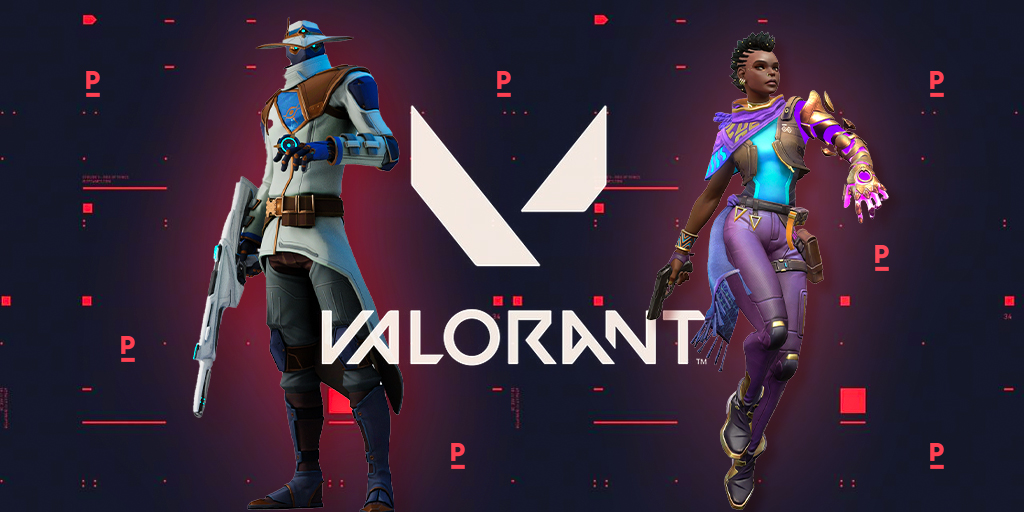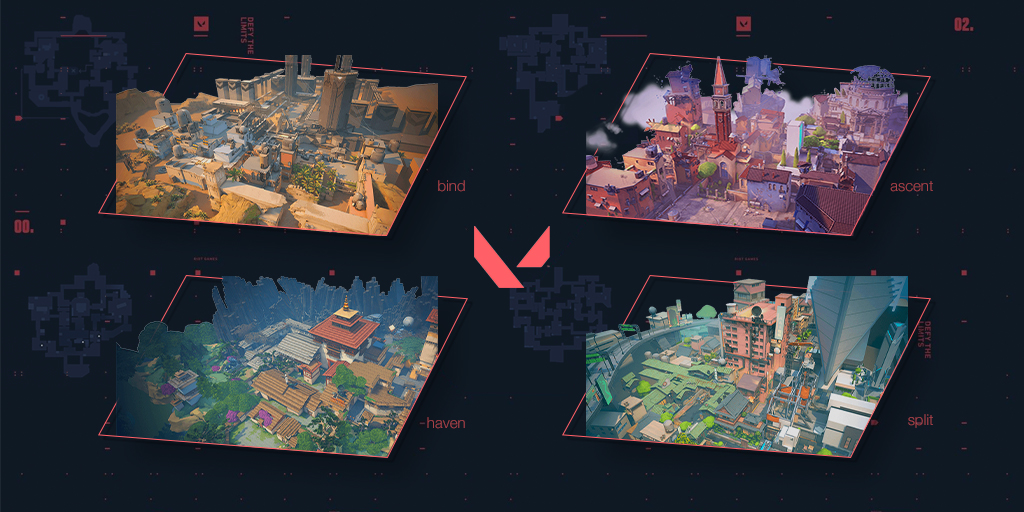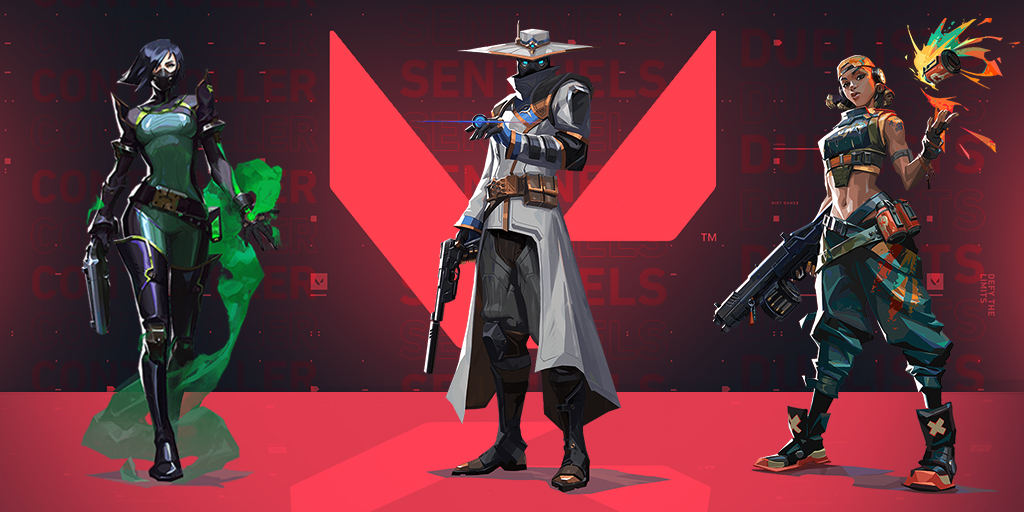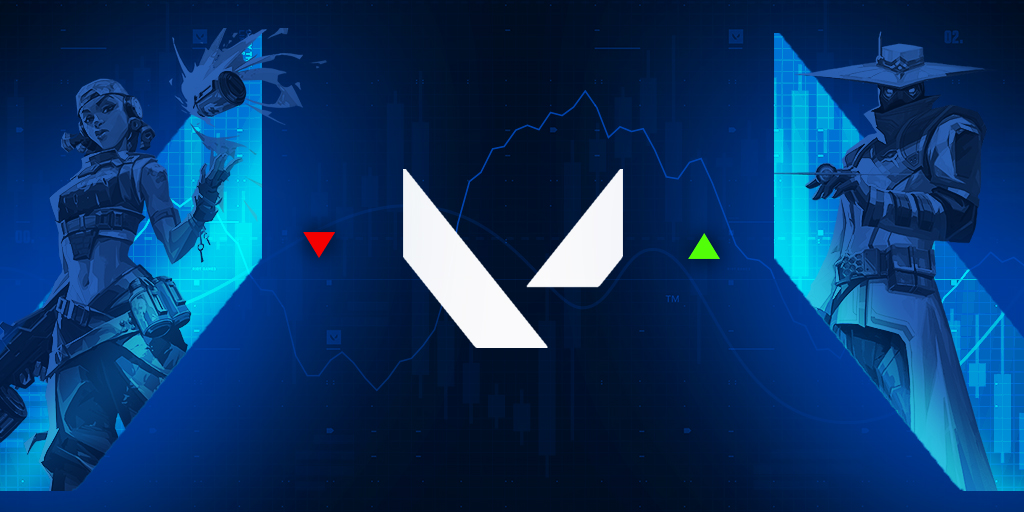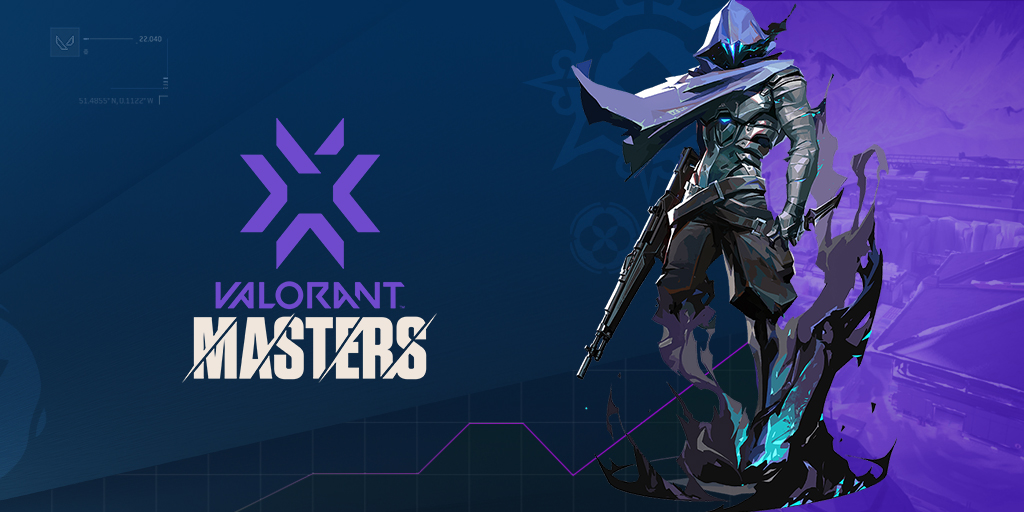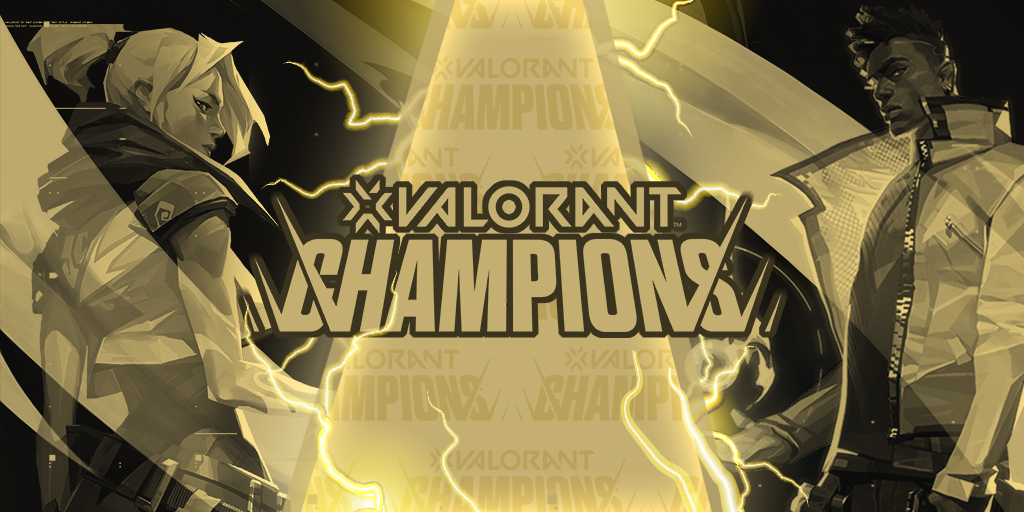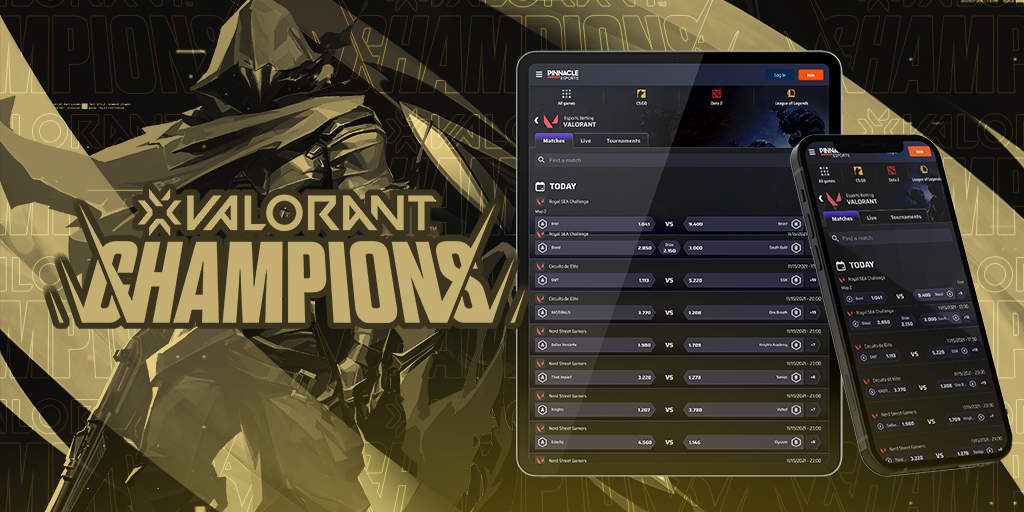With VALORANT passing its one-year anniversary since launch, we take a look at its growth over the past 12 months and identify some of the key factors influencing its nascent esports scene. Read on to find out more.
Initially released on April 7, 2020, as a closed beta with an official release on June 2, 2020, VALORANT is a free-to-play, tactical First-person Shooter (FPS) game developed by Riot Games. It was one of several new projects announced by Riot during their 10th-anniversary celebration in October 2019 and was known as ‘Project A’ during its developmental period.
Initial reception
It is worth mentioning that the launch of the closed beta was met with much fanfare, with Riot teaming up with live streaming platforms Twitch and AfreecaTV to give users an opportunity to earn a closed beta key if they watched specific streamers during the beta period. This initiative resulted in 470 million hours watched across both live streaming services, with the seven days following its launch breaking a number of viewership records on Twitch.
While VALORANT has not seen the same record-breaking viewership since its initial release to the public, the title has experienced modest growth in monthly viewership on Twitch, with approximately 70 million hours (Sully Gnome, 2021) watched in February 2021, which ranked the game seventh on the Twitch game directory, above its direct competitor, Counter-Strike: Global Offensive.
During the two-month beta period, Riot Games also reported that there were approximately three million daily active players on VALORANT at its peak; however, the company has not released an updated figure since this period.
Competition
Counter-Strike: Global Offensive, and its previous iterations of 1.6 and Source, has been the premier tactical First-person Shooter (FPS) game for a number of years now; however, the arrival of VALORANT represented the first major competitor to pose a threat to this claim on a technical, developmental, and marketing level.
On a technical level, every successful esport is built upon the integrity of its competitive matchmaking system. For CS:GO, two common complaints always seem to arise - the lacklustre Valve Anti-Cheat (VAC) and the lack of official 128-tick servers. While third parties such as FaceIT and ESEA have stepped in to provide services that remedy these issues for the CS:GO community, these are paid-for services. In VALORANT, Riot Games tackled these pain points head-on, providing one of the most robust anti-cheat systems (‘Riot Vanguard’) and providing 128-tick servers as a standard. You can read a detailed breakdown of both aspects on our blog.
The benefits of having these two elements directly integrated into VALORANT is that it lowers the barrier of entry for those aspiring to reach the top ranks of the competitive ladder, eliminating the need to go through paid third parties like FACEIT and its FACEIT Pro League (FPL). It also provides an equal playing environment at all levels, allowing for the skill and merit of players to dictate their placement on the competitive ladder.
From a developmental standpoint, Riot has been vocal in its commitment to supporting VALORANT, adding content such as new maps and agents to keep the experience fresh and engaging, which mirrors their approach to their primary esports title League of Legends. This is an aspect that is sorely missed in CS:GO, with Valve known to go for long periods without adding new content beyond the addition of cosmetic items such as weapon skins.
Given the longevity of the game, one can argue that Valve has largely completed its developmental cycle and the core game-play has already been finely tuned. However, what comes next for CS:GO? And how will they challenge a competitor that is much more active in developing their game?
Riot and Valve take two different approaches to marketing their respective FPS titles. VALORANT’s primary avenue of advertisement is through its esports ecosystem, which they directly fund and control, while Valve rely on third-party tournament organisers such as ESL, DreamHack, and BLAST to host events, allowing these organisers to find sponsors of their own to raise capital to operate.
Both models have seen their share of success; however, in recent times the latter model has seen problems arise, particularly in the North American CS:GO esports scene, which has diminished greatly over the past year due to the effects of the COVID-19 pandemic.
The state of VALORANT esports
VALORANT esports has evolved over the past year, initially starting with the ‘Ignition series’ of events which involved third-party organisers hosting tournaments and ending 2020 with ‘First Strike’ as the first official tournament organised by Riot Games. During this period in 2020 we saw many of the largest esports organisations in the world create VALORANT teams, with a considerable number of professional players from other FPS titles like Overwatch, Fortnite, and CS:GO moving over to compete. The top professional players in VALORANT are rumoured to command an estimated monthly salary of $25,000, with buyouts for their contracts estimated to be in the seven figures.
On December 24, 2020, Riot officially announced the launch of the VALORANT Champions Tour (VCT), the official tournament circuit for 2021. The VCT is split into four stages, three of which will feature a ‘Challengers’ and ‘Masters’ tournament while the last stage is the ‘Champions’ event, which is equivalent to a World Championship. Teams earn prize money and qualification points toward the Champions tournament by earning a spot at and competing in Masters-level tournaments. Viewership for these events has been strong, with the most recent VCT 2021 North America Stage 1 Masters averaging 147,000 viewers over the course of the broadcast and attracting a peak viewership of 363,000 for the final game between Sentinels and LG.
As a comparison, IEM Katowice 2021, which is considered one of the biggest CS:GO tournaments on the competitive calendar, averaged 224,000 viewers and peaked at approximately 600,000 viewers in the group-stage match between Natus Vincere and Team Liquid.
While we’re only part of the way through 2021, VALORANT esports is expected to continue its upward trajectory, with its first international LAN tournament taking place in Reykjavik, Iceland (the VCT 2021 Stage 2 Masters). 10 teams will be competing in Reykjavik, with North America, Europe+ (EMEA), Latin America, Brazil, South East Asia (SEA), South Korea, and Japan represented. The Stage 2 Masters will be an important milestone for the game and will provide a good benchmark on which to assess how much the game has grown in the past year.
Where next?
While there is much speculation on the future of VALORANT, Riot Games’ track record and their involvement in League of Legends gives us an indication as to the potential future esports juggernaut VALORANT could become. Will it be able to dethrone Counter-Strike and its multi-decade monopoly as the premiere tactical FPS? Maybe. But certainly, the game is set to disrupt the genre.

